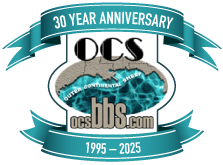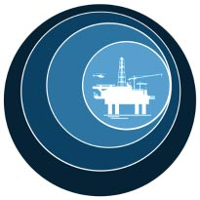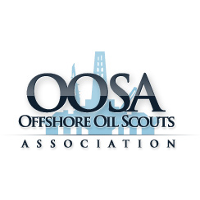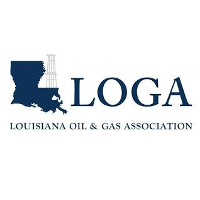Personnel Falls Result in Three Fatalities
Effective Date: 11/4/1996
 | Minerals Management Service Gulf of Mexico OCS Region |
Notice No. 169
November 4, 1996
Personnel Falls Result in Three Fatalities
A fatality occurred while two personnel were tightening bolts on a flare line flange at the +10 level of a platform. The two workers had climbed out on a brace at the +10 level with a hammer and wrench to tighten the flange bolts. A falling object inflicted a serious head injury to one of the workers and also caused that worker to fall into the Gulf of Mexico. The other worker jumped into the water and pulled the injured worker to the platform. Using both workers' work vests to help keep the injured worker afloat and to secure him to the platform, the uninjured worker reboarded the platform and summoned help. A motor vessel responded to the call for help and personnel aboard the vessel assisted in lifting the injured worker onto the deck of the vessel. The injured worker was raised by basket to the platform where he was given CPR. He was air-lifted to a hospital, where he was pronounced dead on arrival. The cause of death was listed as drowning due to acute asphyxia. Both of the workers were not wearing safety belts with lifelines attached to the platform.
Another fatality occurred as personnel were in the process of removing temporary scaffolding and angle iron supports from a newly installed subcellar deck. The subcellar deck was being prepared for sandblasting and painting. One of the workers was working on the underside of the deck with a cutting torch to remove the temporary angle iron supports. The worker was standing on 2-inch scaffold pipe and holding onto either the deck or handrails when he fell into the Gulf of Mexico. An immediate search of the area under the deck by platform personnel and a search of the Gulf of Mexico waters by motor vessel and helicopter failed to locate the worker. The worker was not wearing a life jacket, but was wearing a safety belt with lifeline; however, the lifeline was apparently not properly tied off.
A third fatality occurred as three personnel were working from an elevated work platform commonly called the Texas deck. The Texas deck had been positioned around the blowout preventer (BOP) stack approximately 40 feet above the platform well deck. A 2-inch by 12-inch by 16-ft scaffold board was installed across the Texas deck. As the three workers were in the process of attaching winch cables to the BOP stack the scaffold board broke. One of the workers was wearing a safety belt with lifeline attached and another worker was able to hold onto existing piping and the BOP stack. The third worker fell approximately 40 feet to the platform well deck. CPR was administered to the fall victim but he was unresponsive.
In all three of these accidents the fatally injured personnel were not using personal fall-arrest equipment, and in one the individual was not wearing a life jacket while working outside of handrails. Therefore, it is essential that a life jacket/personal floatation device and/or a safety belt harness with
lifeline properly secured should be standard equipment and worn at all times by personnel who are working in areas that dictate the use of such equipment. Supervisors should monitor workers to ensure that they are wearing the proper protective equipment and that personal fall-arrest systems are being used in a manner that will protect personnel.
-MMS-GOMR-
BOEMRE (Formerly MMS) Web Site: http://www.mms.gov






